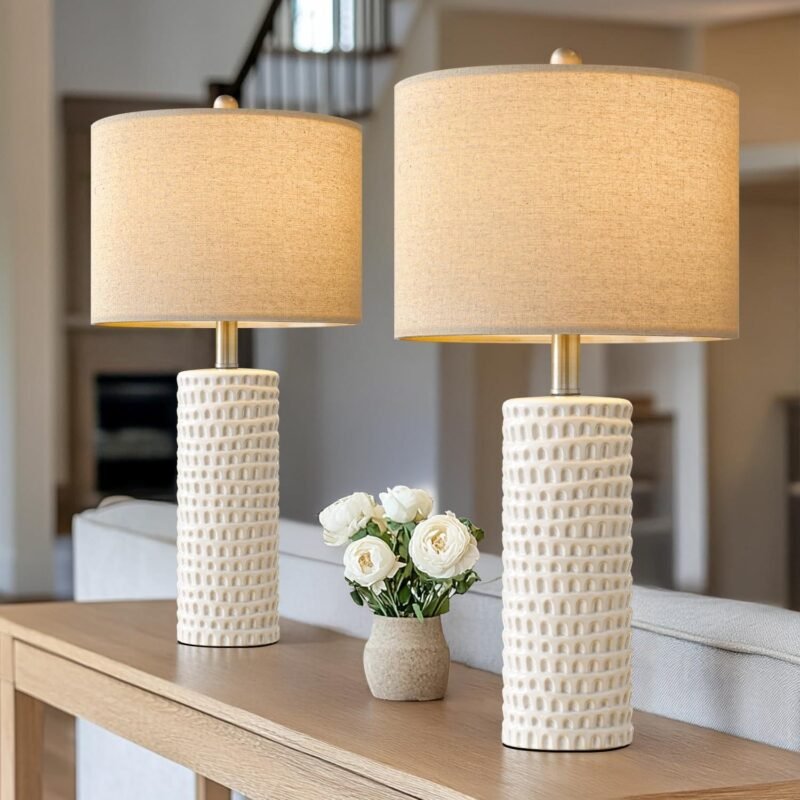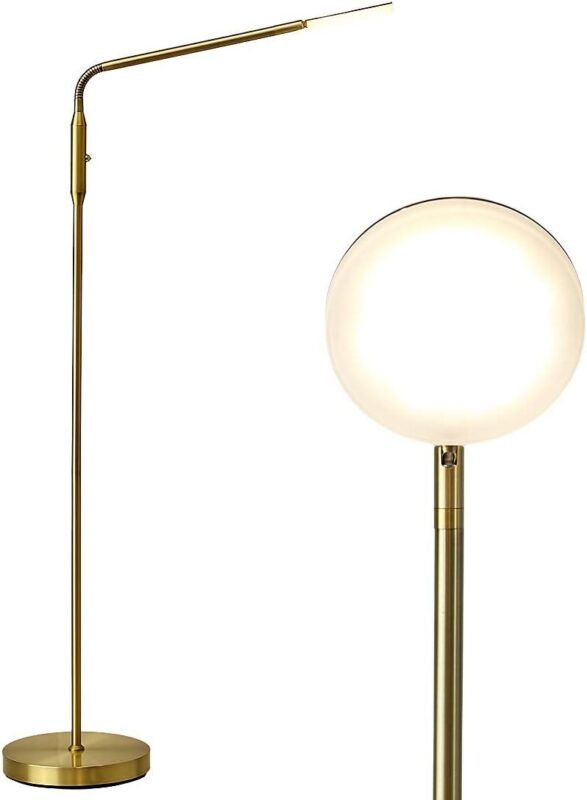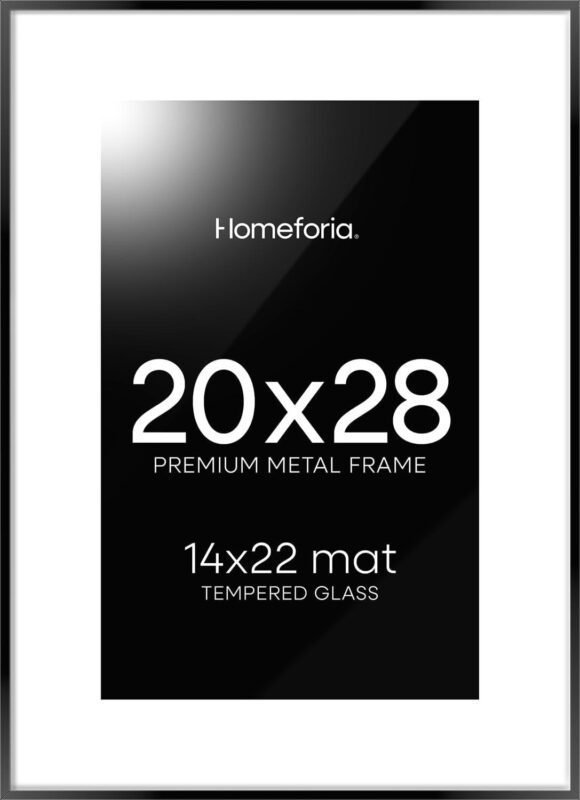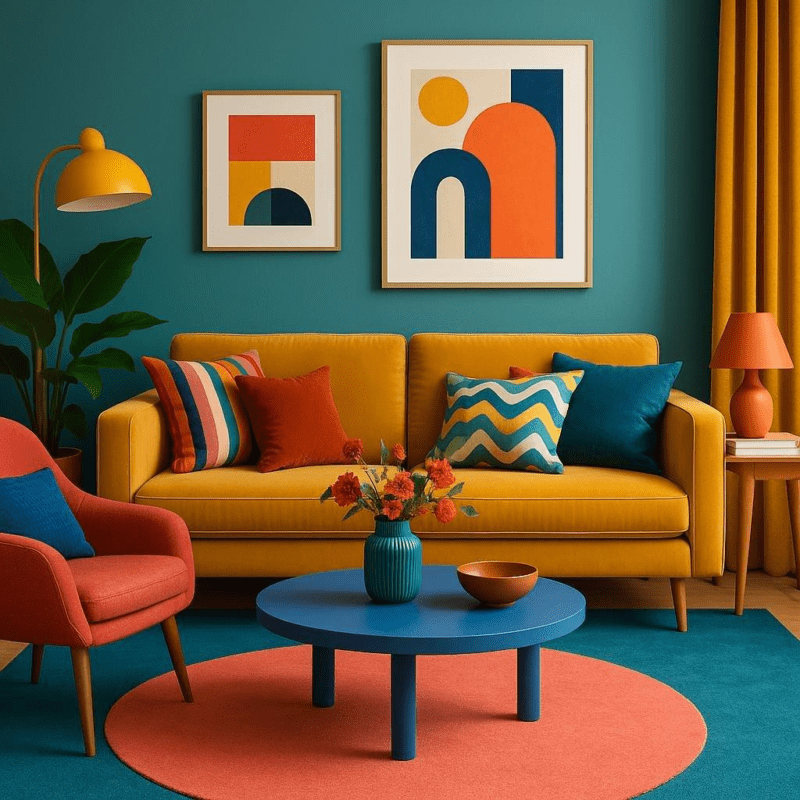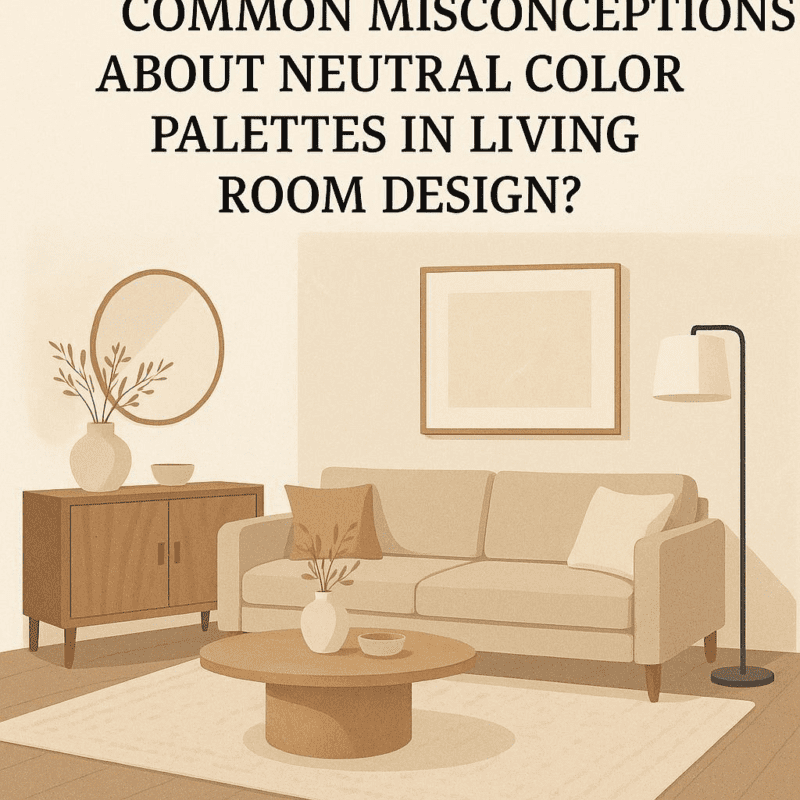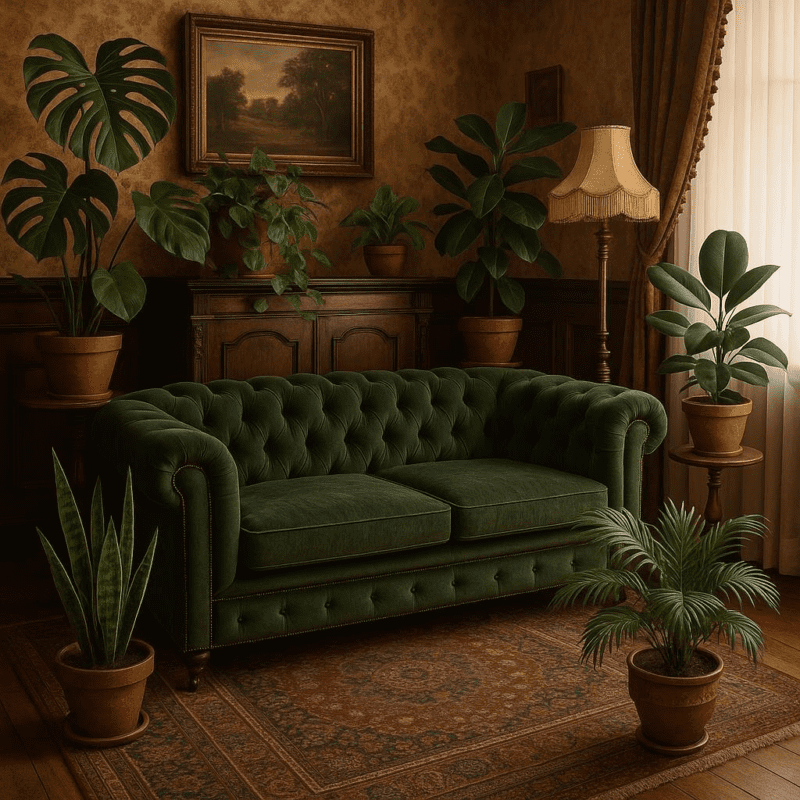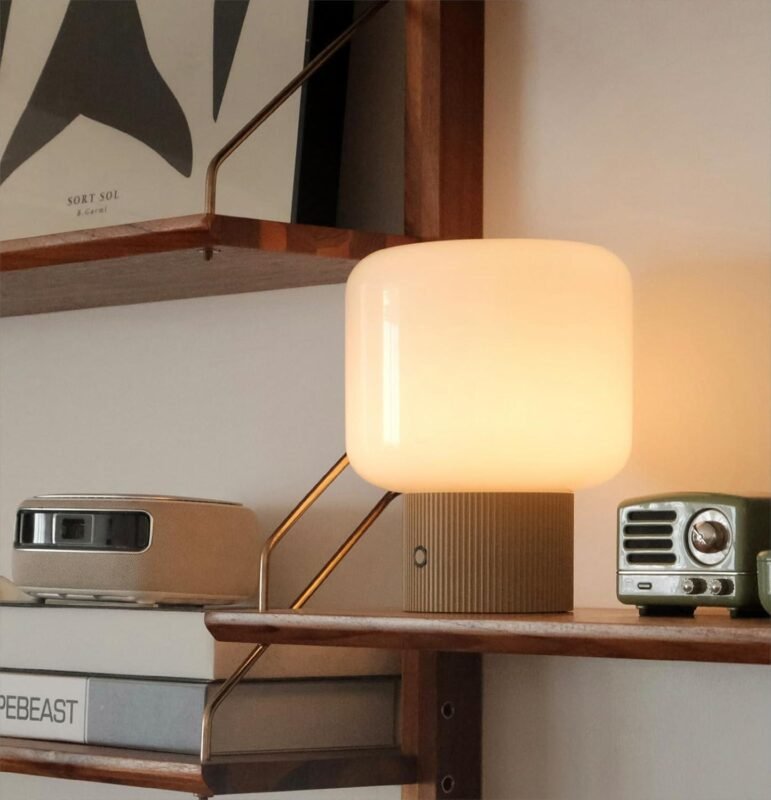How can I use color to enhance the natural light in my living room?
Natural light is one of the most stunning and uplifting features you can have in yoru living room. It brings warmth, vibrancy, and a sense of openness to your space. But did you know that the colors you choose for your walls, furniture, and decor can significantly influence how that light interacts with your room? By carefully selecting and combining colors, you can amplify natural light, making your living room feel brighter, more inviting, and even larger.In this article, we’ll explore practical tips and color strategies to help you maximize the natural light in your living area, creating a cheerful and welcoming environment you’ll love to spend time in.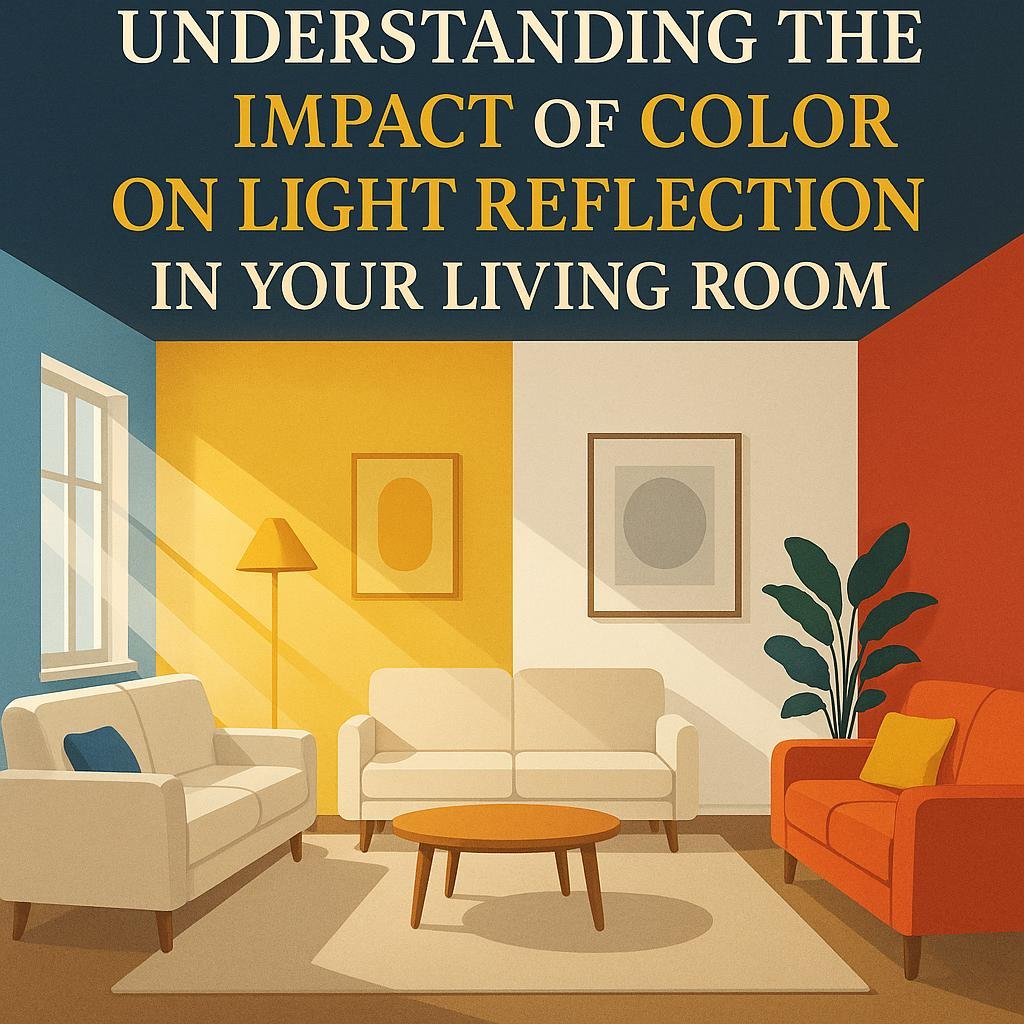
Understanding the Impact of Color on Light Reflection in Your Living Room
Light reflection in a living room is heavily influenced by the colors you choose for your walls, furniture, and accessories. Lighter colors such as soft whites, pale grays, and pastel tones bounce more natural light around the room, creating an airy and inviting atmosphere. Conversely, darker hues tend to absorb light, which can create a cozy feel but may make the space seem smaller and dimmer.Using cool colors like light blues or soft greens can also add a fresh, serene vibe while enhancing the sensation of brightness. To maximize the impact of color on light reflection, consider finishes as well-matte surfaces diffuse light gently, while glossy or satin finishes reflect it more directly.
When selecting colors, think about how each shade interacts with natural light throughout the day. Here are some tips to help you enhance light with color:
- Paint walls in light, neutral tones to create a reflective backdrop that amplifies sunlight.
- Incorporate accent pieces in warm shades like soft yellows or peaches to add a subtle glow.
- Use mirrors and metallic accessories to bounce light and complement your color choices.
- Balance color with texture-smooth surfaces reflect light well, while textiles add depth without dulling brightness.
| Color type | Effect on Light | Best Use |
|---|---|---|
| White & Cream | Highest light reflection | Walls, ceilings |
| Pastel Colors | Soft, fresh brightness | Furniture, rugs, accent walls |
| Dark Shades | Absorbs light, cozy feel | Accent pieces, small areas |
| Metallics & Mirrors | Reflective bounce | Decor accents, frames |
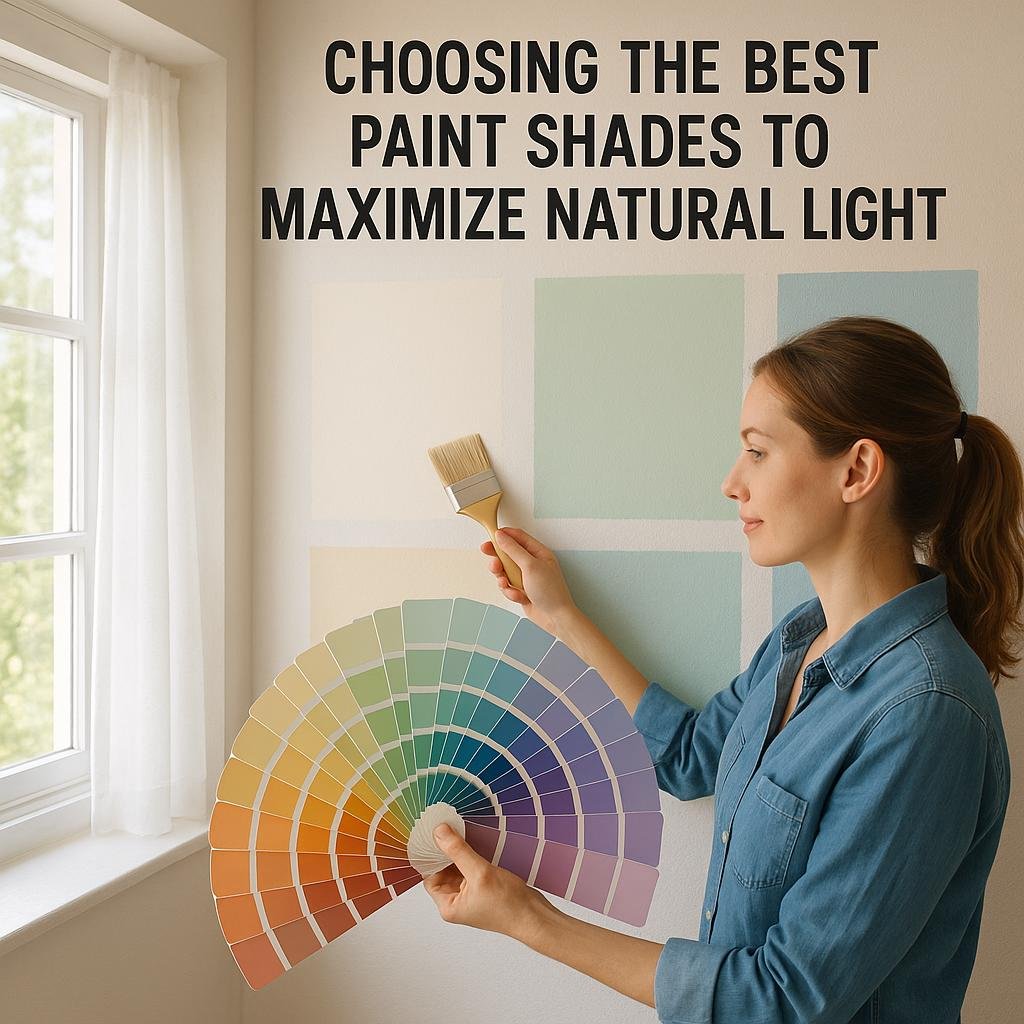
Choosing the Best Paint Shades to Maximize natural Light
When selecting paint shades to amplify the influx of natural light, opt for lighter colors with warm or neutral undertones.Soft creams, pale beiges, and delicate grays reflect sunlight more effectively than darker tones, creating an airy and inviting atmosphere. Avoid deep or overly saturated colors as they tend to absorb light, making spaces feel smaller and dimmer. Instead, consider shades with a subtle sheen, such as eggshell or satin finishes, to subtly bounce light around the room without creating glare.
To help you choose the perfect shade, here’s a swift reference chart to understand how different colors interact with natural light throughout the day:
| Shade Family | Effect in Morning Light | Effect in Afternoon light | Best Use |
|---|---|---|---|
| Warm Whites | Shining & cozy | Golden glow | living rooms, north-facing spaces |
| soft Beiges | Neutral & calming | Warm & inviting | Multi-purpose, adaptable |
| Muted Grays | Cool & spacious | Soft contrast | Modern styles, large windows |
| Pastel Blues | Fresh & crisp | Serene & cool | Relaxation zones, bedrooms |
- Test samples on walls at different times to see real-time effects before committing.
- Highlight accent walls with slightly deeper shades to add depth without blocking light.
- Pair colors with natural elements like wood or greenery for a harmonious and bright environment.
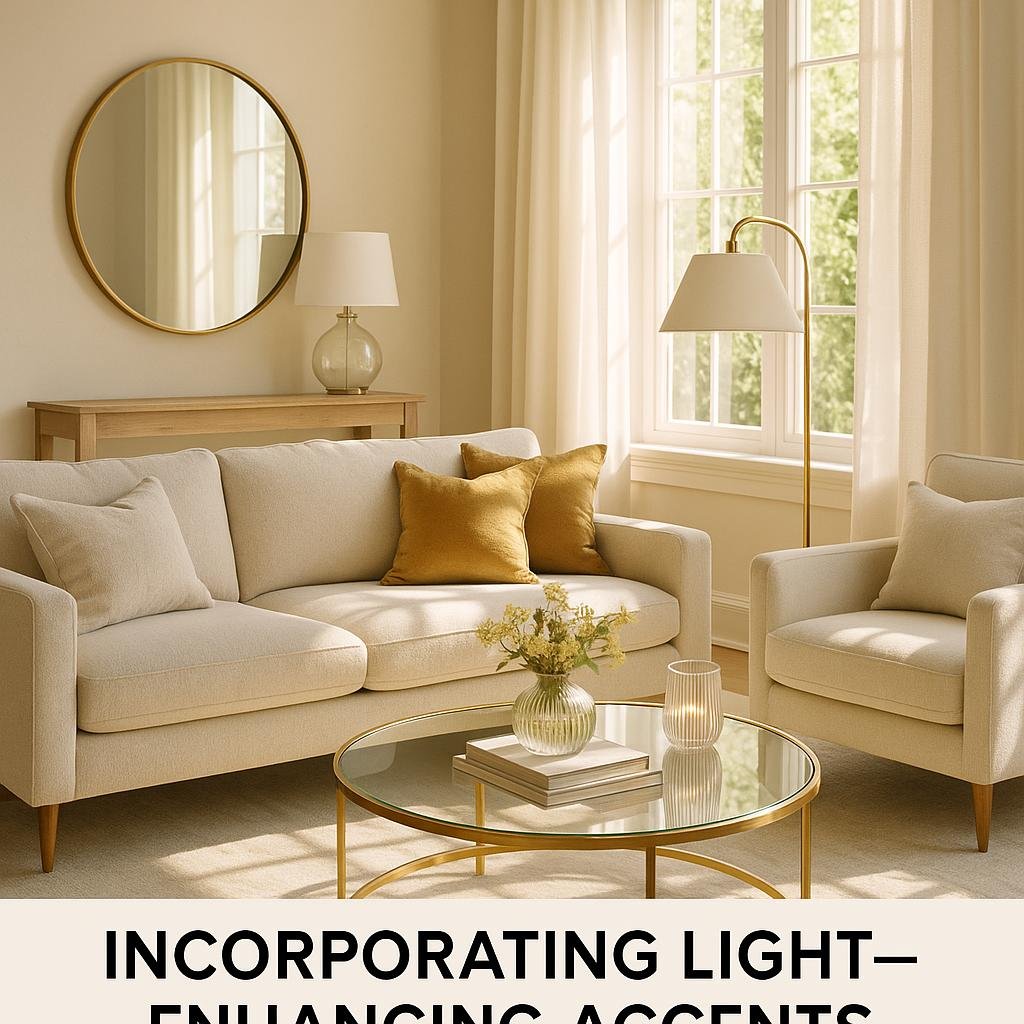
Incorporating Light-Enhancing Accents and Furnishings
Strategically placing light-enhancing accents and furnishings can significantly amplify the natural brightness of your living room.Consider incorporating mirrors with sleek or ornamental frames across from windows to reflect sunlight deeper into the space. Glass or acrylic furniture pieces, such as coffee tables and side tables, allow light to pass through and reduce visual clutter, making the room feel more airy and open. Additionally, light-colored metallic accents in gold, silver, or brass bring a warm shimmer that bounces light without overwhelming the color scheme.
Textiles and decorative items that glide between function and style can also contribute to enhancing daylight. Opt for light-reflective materials like silk and satin in cushions or throws. Choose accessories in soft pastel tones or pearl finishes to keep the ambiance bright and inviting. Here’s a quick guide showing some effective accent options:
| Accent Type | Material/Finish | Benefit for Light |
|---|---|---|
| Mirror | Framed or frameless glass | Reflects natural light, enlarges space perception |
| Furniture | Glass, acrylic, light wood | Allows light flow, reduces heavy shadows |
| Metal Accents | Gold, silver, Brass | Creates warm, shimmering highlights |
| Textiles | Silk, Satin, Pastels | Enhances light diffusion and color softness |

Tips for Balancing Color with Window Treatments to Brighten Your space
Choosing the right window treatments is crucial when aiming to enhance natural light with color. Opt for sheer or light-filtering curtains in soft, warm tones like pale yellows, blush pinks, or light creams to gently diffuse sunlight, creating a welcoming glow. Avoid heavy fabrics or dark colors that absorb light and make the room feel smaller. Rather, consider layering sheer panels with blinds or shades in complementary colors to control brightness while maintaining an airy feel. Translucent materials also allow you to experiment with colorful accents without overpowering the room’s luminance.
Balancing color can be simplified by following these practical tips:
- Match wall and curtain hues to amplify reflected light and create a seamless visual flow.
- Incorporate metallic or glossy finishes on curtain rods and tiebacks to bounce light and add subtle sparkle.
- Use patterned treatments sparingly to prevent visual clutter, especially if your room already features bold colors or textures.
- Consider adjusting opacity throughout the day with adjustable treatments like Roman shades to maximize light control while accentuating your chosen color palette.
| Window treatment Type | Best Color Palette | Light Effect |
|---|---|---|
| Sheer Curtains | Soft pastels, off-white | Soft, diffused glow |
| Roman Shades | Neutral, light grays | Controlled brightness |
| Blinds (Wood or Faux Wood) | Natural tones, light oak | Variable light filtering |
| Roller Shades | bright neutrals, soft colors | Clean, modern diffusion |
Wrapping Up
Enhancing natural light in your living room with the right use of color can transform the space into a bright, inviting haven.By thoughtfully selecting hues that reflect and amplify sunlight, you not only brighten the room but also create a warm and welcoming atmosphere. Whether you opt for soft neutrals, light pastels, or strategic accent colors, the key is to choose shades that work with your room’s natural light rather than against it. With a little experimentation and attention to your space’s unique lighting conditions,you can make the most of natural light and enjoy a living room that feels open,cheerful,and perfectly balanced.



